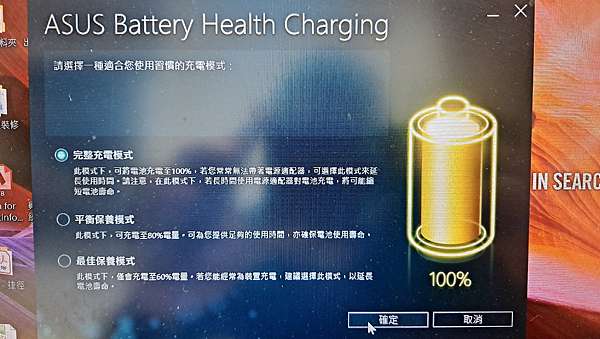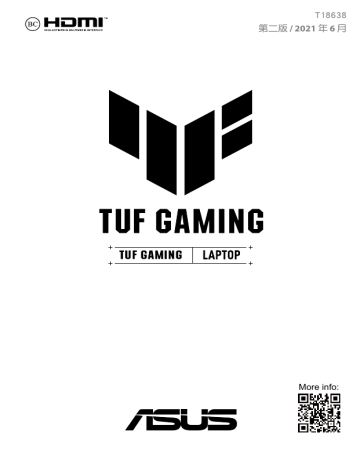
- Asus battery health charging 只能選第一個 Pc#
- Asus battery health charging 只能選第一個 series#
Their three latest medical cart computers, the DT590BU, DT592BU and DT594BU, provide good examples. Speeding Medical Cart Solutions to Marketįor manufacturers looking for design shortcuts, companies like DT Research that specialize in medical-grade mobile computers are an excellent resource. Any solution connecting to a healthcare facility’s network needs to offer security for both data in storage and motion.
Advanced security capabilities: Healthcare organizations must protect patient records at all times to avoid security breaches that can mar an organization’s reputation and bottom line. The increasing number of applications used by medical professions increases the need to ensure adequate performance for present and future needs. Asus battery health charging 只能選第一個 Pc#
Hardware requirements: The wide range of PC platforms, processors, and displays can make for a lengthy selection process. High contrast, capacitive touch TFT LCD screens enable wide viewing angles and intuitive interfaces. Fast access to EHRs, e-MARs, and other patient and diagnostic information is essential. Use of external battery packs must take into account the extra weight, heat, and expense.  Power management: To ensure 24/7 operation on wheels, medical carts need power efficient computers that can run reliably for hours on batteries. Certifications left to cart manufacturers result in extra development time and costs. Appropriate certifications: As a medical device, medical cart computers must include design and safety features for regulatory compliance in targeted countries. Major challenges in implementing point-of-care computing systems on carts include: Accessories ranging from wireless barcode scanners to printers increase cart versatility. The latest cart designs use smaller footprints, lighter weight, and greater maneuverability to enable clinicians to roll carts up to a bed and enter information without breaking their engagement with the patient. That’s why today, besides transporting medications and supplies, carts are increasingly becoming the point-of-care gateway to electronic medical records (EMRs) and electronic medication administration records (e-MARs). Nurses and physicians end up transferring data from the point of care to some other point of record-keeping.
Power management: To ensure 24/7 operation on wheels, medical carts need power efficient computers that can run reliably for hours on batteries. Certifications left to cart manufacturers result in extra development time and costs. Appropriate certifications: As a medical device, medical cart computers must include design and safety features for regulatory compliance in targeted countries. Major challenges in implementing point-of-care computing systems on carts include: Accessories ranging from wireless barcode scanners to printers increase cart versatility. The latest cart designs use smaller footprints, lighter weight, and greater maneuverability to enable clinicians to roll carts up to a bed and enter information without breaking their engagement with the patient. That’s why today, besides transporting medications and supplies, carts are increasingly becoming the point-of-care gateway to electronic medical records (EMRs) and electronic medication administration records (e-MARs). Nurses and physicians end up transferring data from the point of care to some other point of record-keeping. 
Without medical cart computers or handhelds, the computing age gets left in the hall, increasing the risk of error.

While telecommunications companies cite the last mile as the most challenging in connecting users, for healthcare facilities, it’s the last 100 feet. Medical cart computers like this one from DT Research help cart manufacturers develop solutions that contribute to better workflows and patient outcomes.
Asus battery health charging 只能選第一個 series#
Let’s look at how a medical cart computer series using an all-in-one form factor can help manufacturers meet many of these objectives.įigure 1. To be competitive, they need to design medical carts that fit within facility and caregiver workflows provide a comfortable, productive work environment deliver responsive, reliable computing performance and contribute to better patient outcomes ( Figure 1). Manufacturers of wireless computer-equipped medical carts face a complicated task.







 0 kommentar(er)
0 kommentar(er)
